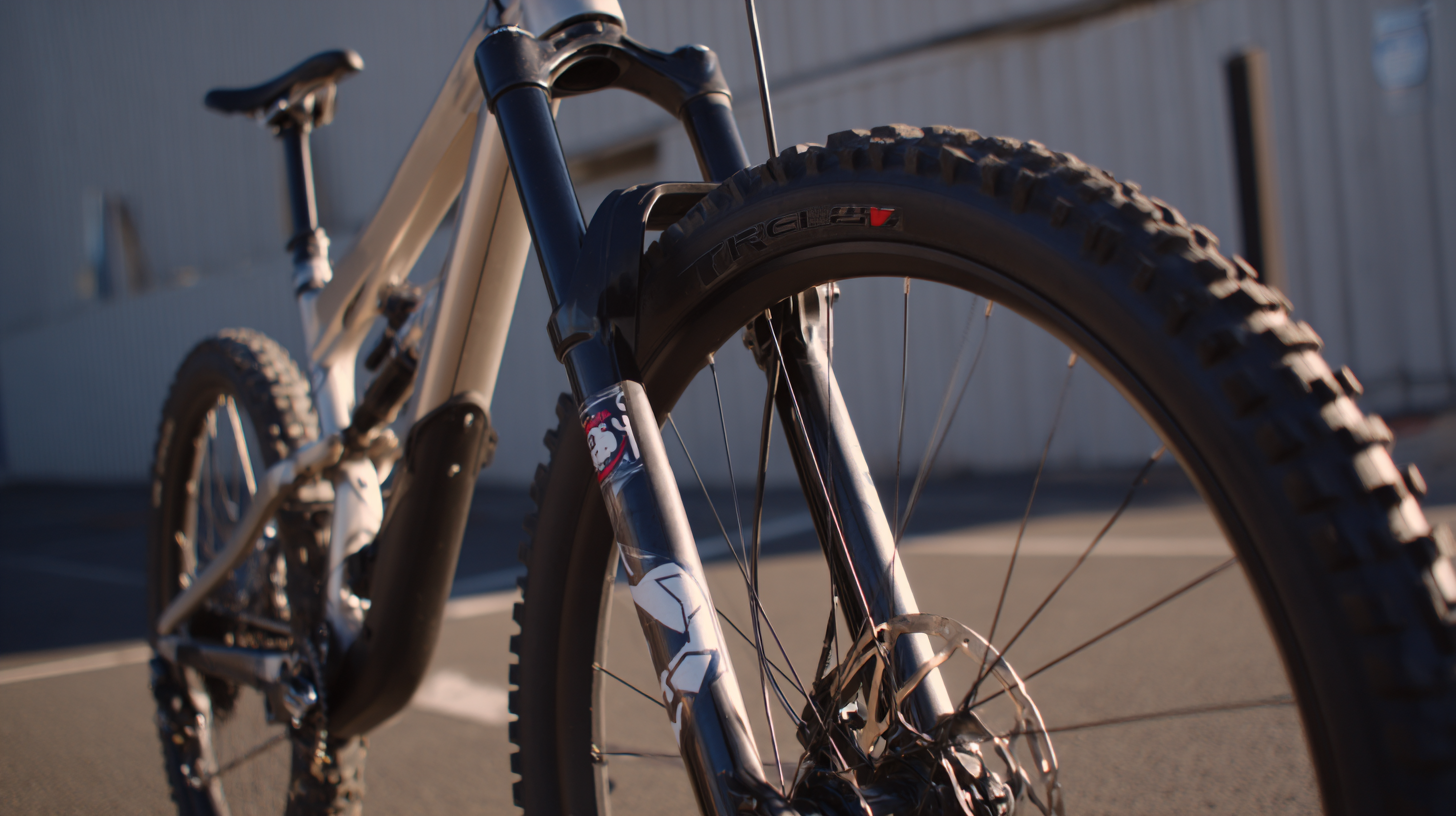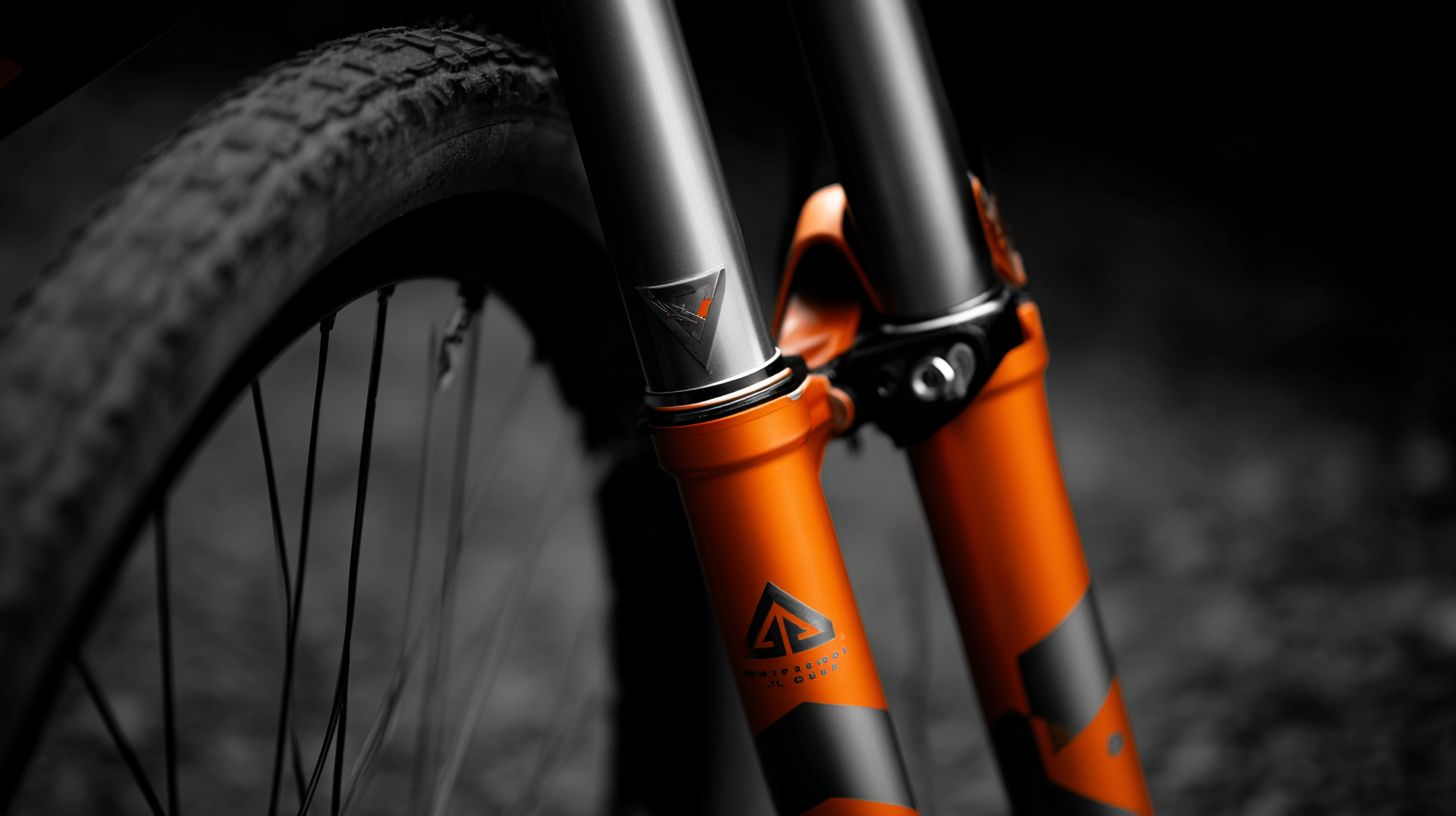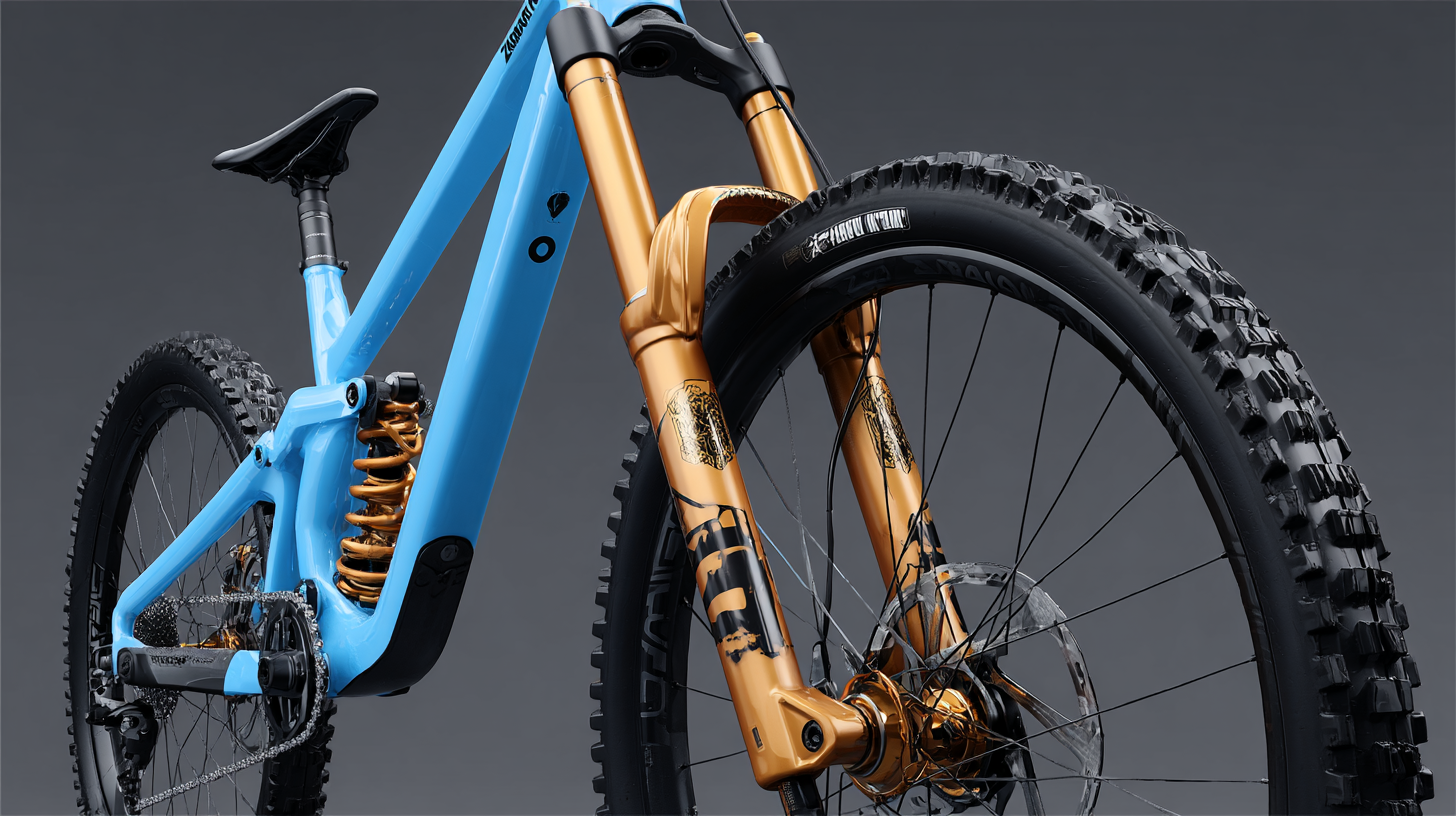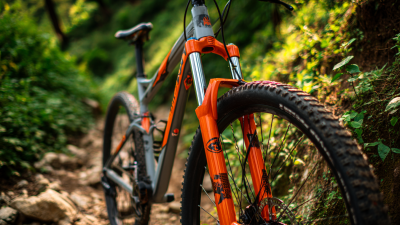Choosing the right bike fork is a crucial decision for any cyclist, as it significantly impacts your riding experience and performance. With a variety of options available on the market, understanding the key features and specifications of different bike forks can help you align your choice with your specific riding style and preferences. Whether you are an avid mountain biker looking for enhanced suspension and durability, or a road cyclist seeking lightweight and aerodynamic designs, selecting the appropriate bike fork should be based on factors such as terrain, riding conditions, and personal comfort. This guide will explore the essential aspects to consider when choosing a bike fork, ensuring you make an informed decision that enhances your overall cycling experience.

When it comes to choosing the right bike fork, understanding the different types available is crucial for enhancing your riding experience. Bike forks primarily fall into three categories: rigid, suspension, and adjustable. Rigid forks are simple and lightweight, ideal for road and racing bikes where speed is a priority. Suspension forks, on the other hand, are designed to absorb shocks and enable greater control on rough terrains, making them popular among mountain bikers. Adjustable forks provide versatility by allowing riders to modify stiffness and travel to suit varying trail conditions.
**Tips:** When selecting a fork, consider your primary riding style. If you frequently encounter rocky trails, a suspension fork will offer the necessary support. Conversely, if you're a commuter mainly navigating smooth roads, a rigid fork will keep your bike lightweight and efficient. Additionally, pay attention to the fork material; aluminum forks tend to be lighter, while carbon forks can absorb vibrations better for a smoother ride. Always ensure compatibility with your bike frame and wheel size for the best performance.
| Fork Type | Material | Travel (mm) | Intended Use | Weight (kg) | Price Range ($) |
|---|---|---|---|---|---|
| Rigid Fork | Aluminum | 0 | Road & Commuting | 1.2 | 50 - 150 |
| Cross Country Fork | Carbon Fiber | 80 - 120 | Mountain Biking | 1.5 | 200 - 700 |
| All-Mountain Fork | Aluminum | 150 - 170 | Trail Riding | 1.8 | 400 - 1000 |
| Enduro Fork | Aluminum or Carbon | 160 - 200 | Downhill & Enduro | 2.5 | 600 - 1200 |
| Downhill Fork | Aluminum | 200 - 240 | Downhill Racing | 3.0 | 800 - 2000 |
When choosing the right bike fork, it's essential to consider your riding style, as it significantly impacts performance and comfort. Whether you're an avid road cyclist, a mountain biking enthusiast, or a daily commuter, understanding these styles can guide your decision. According to the International Mountain Bicycling Association (IMBA), mountain biking injuries often occur due to improper equipment choices. This highlights the importance of selecting a fork that complements your terrain and riding habits.
For road cycling, a lightweight carbon fork can improve speed and efficiency. Statistics from the National Bicycle Dealers Association indicate that 45% of road cyclists prioritize speed, making aerodynamics crucial. In contrast, mountain bikers should consider a suspension fork that absorbs shocks, as studies show a direct correlation between proper suspension and rider comfort on rugged terrains.
Tip: Assess where and how often you ride to fine-tune your fork choice. If you're primarily commuting, a sturdy, rigid fork will maintain your bike’s efficiency while navigating city streets.
For mountain bikers, remember that travel length is key; a fork with 120mm to 160mm of travel is recommended for rugged trails.
Tip: Always test ride a bike before making a purchase to see how the fork feels on your preferred routes.
When selecting the right bike fork, it's essential to consider several key features that align with your riding style. One of the primary factors is the fork material. Aluminum, carbon fiber, and steel each offer distinct benefits. According to industry reports, carbon fiber forks provide superior shock absorption and are approximately 20% lighter than their aluminum counterparts, making them ideal for competitive racing. Conversely, steel forks tend to be more durable, which can be a significant advantage for touring bikes that endure rough terrains.
Another critical consideration is the axle type. Thru-axles offer enhanced stiffness and improved handling, which is crucial for aggressive riding styles. Research indicates that bikes with thru-axle forks experience 15% less flex during hard cornering compared to quick-release axles, making them a safer option for downhill and mountain biking enthusiasts.
Tips: When choosing a bike fork, it's advisable to assess your riding terrain and style thoroughly. If you frequently ride on uneven surfaces, a suspension fork might be beneficial for maintaining comfort. Also, ensure that the fork's travel aligns with your riding preferences; for instance, long travel forks are suited for downhill riding, while shorter travel options are better for cross-country cycling. Always consult your bike manufacturer’s compatibility charts to ensure a proper fit and performance.

When selecting the right bike fork, the choice of material is crucial as it can significantly affect performance, comfort, and durability. Aluminum, carbon, and steel each bring distinct advantages that cater to different riding styles. Aluminum forks are often favored for their lightweight nature and stiff performance, which makes them ideal for competitive cyclists who prioritize speed and responsiveness. In contrast, carbon fiber forks offer excellent shock absorption and vibration damping, making them a great choice for long-distance riders tackling uneven terrain, as they enhance overall ride comfort without adding excessive weight.
Steel forks, on the other hand, have seen a resurgence thanks to their durability and versatile characteristics. Legendary figures in cycling, such as Tom Ritchey, advocate for steel as an essential material due to its ability to provide a smooth ride while still being robust enough for rugged conditions. Recent studies show that for bikepacking and multi-day adventures, steel’s resilience can outperform both aluminum and carbon in terms of long-term performance and repairability. Ultimately, the choice comes down to individual preferences and riding styles, but the right fork material can profoundly enhance one’s cycling experience.

Maintaining your bike fork is essential to ensure the longevity and performance of your bike. Regular cleaning is the first step in maintenance. After each ride, wipe down the stanchions with a clean cloth to remove dirt and debris. This helps prevent contaminants from entering the seals and affecting the fork's performance. Additionally, inspect the fork for any visible damage or wear, such as scratches on the stanchions or leaks from the seals, which could indicate the need for more thorough maintenance.
Another crucial aspect of fork maintenance is lubrication. Most bike forks require periodic servicing, which may include oil changes and seal replacements, depending on usage and conditions. Following the manufacturer’s guidelines, check the recommended service intervals. Keeping the internals well-lubricated not only improves performance but also enhances the fork's responsiveness during rides. Lastly, storing your bike properly, ideally in a cool, dry place, further protects the fork from environmental factors that could lead to deterioration. Regular attention to these maintenance tips will help keep your bike fork in optimal condition, ensuring a smoother and safer ride every time.






